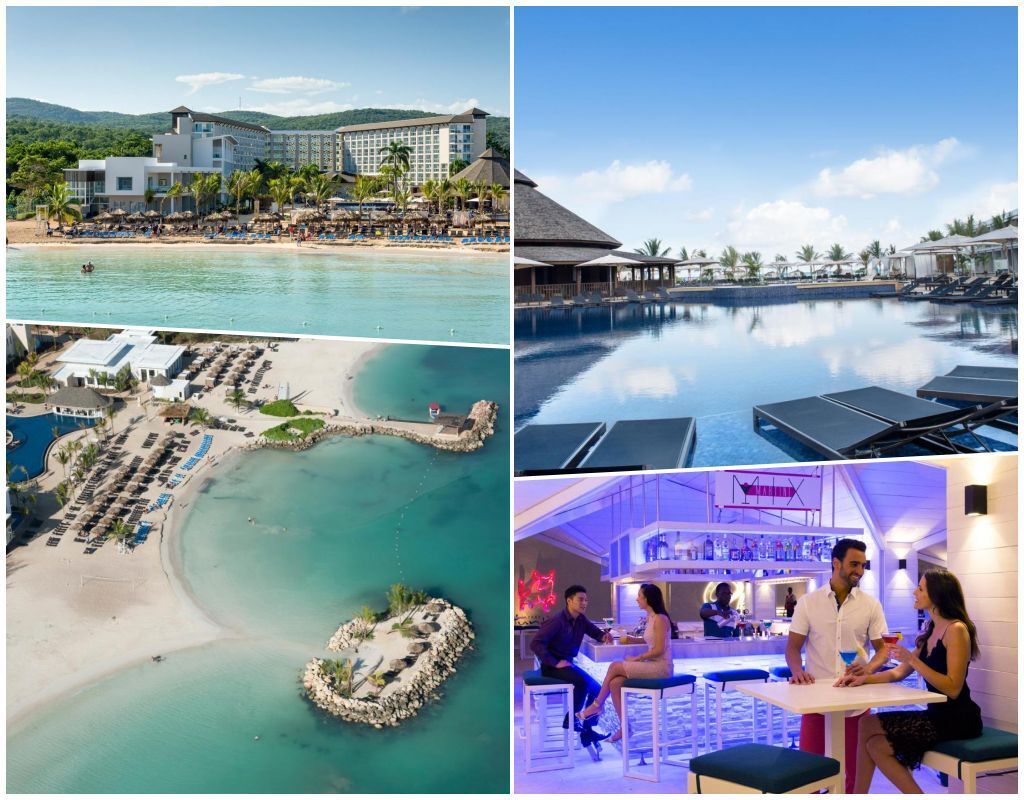The Current and Future State of Travel and Tourism in the Asia Pacific are among the topics discussed by the opinion leaders, including the co-founder of Airbnb and leaders of five tourism boards worldwide.
Many other influencers in the travel and tourism industry within the Asia Pacific and beyond also joined the opinion leaders in Cebu, Philippines for the PATA Annual Summit 2019.
Conference topics included the ‘State of the World Economy’, ‘The Current and Future State of Travel and Tourism in Asia Pacific’, ‘Navigating the Numbers’, ‘Travelling the Unknown to Find Yourself’, ‘Accessible Tourism for All’, ‘Destination Management in Times of Uncertainty’ and ‘Mainstreaming Sustainable Tourism’, ‘The Power of Data and Insights for Responsible Development’, and ‘The Future of Sustainable Destination Branding’.
Here are the highlights from the conference:
1. The world economy has been slowing down since 2018 and will continue to slow in 2020, reflecting a trend that The Economist calls ‘slowbalisation’. This does not mean that growth is disappearing: there is slowing global integration on traditional measures but deeper integration elsewhere. Positioning for short-term volatility but longer-term growth is key.
2. Global growth and the ‘center of economic supremacy’ is moving back towards Asia, where it was located before the 1800s industrial revolution. Envisioning the world in 2050, Asian, Middle Eastern and African economies will populate the top 20 economies, led by China and India.
3. Short-term rentals such as Airbnb are here to stay and the accommodations ecosystem will continue to experience a fundamental change. Hotels are increasingly seeking to offer unique experiences such as offering apartment-like accommodations, while entrepreneurs are seen scaling up the apartment model and operating it more like a hotel.
4. Data is important but one should never trust data without understanding their source or the context in which they are presented. For example, international tourist arrivals may have risen over the past few years, but a closer look will reveal that spend per visitor has decreased. At the same time, spend per arrival may seem low but it is possible that the impact of that spend could have a bigger impact than that of a higher number.
5. In order for the community to become stakeholders of tourism, we must work within our cultural contexts to appropriately engage the locals and provide them with value. One example would be an initiative in the UAE that helped uplift societal perceptions of widows while providing them with a livelihood through tourism. By showing how tourism can help create jobs and income, we can demonstrate its value to the community.
6. Public-private partnerships are very important for the future of responsible tourism. Governments can lead in creating sustainable policies but the private sector must help enforce the practices. Sustainability that comes from the top down can guide the responsible actions of future generations, but should also take into account small businesses that may not be able to afford the needed resources.
7. Accessible travel is not just about building infrastructure like wheelchair ramps. It is about integrating universal design to accommodate all forms of disabilities and to include groups such as children and seniors. There are simple solutions that you could implement to attract this rapidly growing yet underserved sector of the market, such as printing out an extra menu with large text.

8. Urbanization will continue to drive emerging markets over the next few years especially in China and India, which will bolster the new middle class and create new opportunities. It is necessary to invest, build infrastructure, and think about how to anticipate shaping the future.
9. The protectionism trend in our global economy can be attributed to those who feel they have not benefited from globalization. In order to reverse this trajectory, we must provide opportunities for everyone so the feeling of inequality can shift towards a positive direction.
10. Marketing the destination should be refocused to managing the destination, as more and more destinations face the challenge of over-tourism. Tourism brands must have a strong, authentic story based on the values of the destination, then be able to communicate the story well by creating products that are in line with the brand vision.












